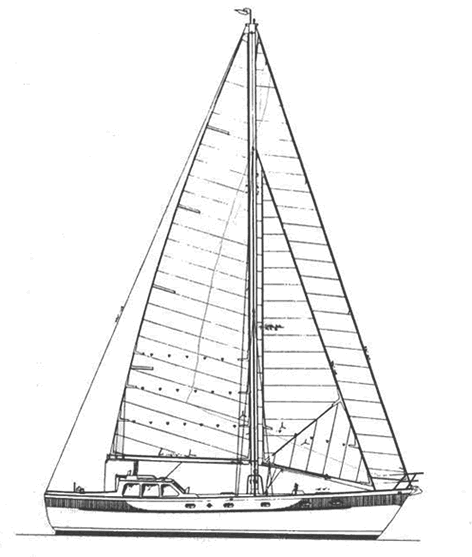July 18th thru August 10th... San Blas Islands, at last!
- Rick D.
- Aug 14, 2019
- 3 min read
We just returned from almost a month visiting the San Blas Islands. Called Kuna (or Guna) Yala by the indigenous tribe of Indians who live there, the San Blas are a group of approximately 340 islands that have been inhabited since the 1500’s.
The Kuna people are physically short, (only the Pigmy’s are shorter) making Candy feel very tall! The majority of the Kuna’s live in bamboo huts with thatched, palm frond roofs and sleep in hammocks, cooking their food on fires inside the hut. Their primary mode of transportation is the wooden dugout tree trunk canoe called Ulas or by larger wooden boats with outboards called Pangas.
They are best known for the women of the tribe’s production of Molas, which are intricate sewn applique patterns sold individually or on a blouse. Most Kuna women dress traditionally with a red scarf or kerchief on their head, a blouse decorated by molas front and back, intricate colored ribbons on their sleeves and neck, a colorful wrap around sarong, and beaded or sewn leggings and bare feet. They wear their hair long until married, then cut it shorter, wear the kerchief and wear a large gold nose ring (no chain attached, LOL).
A matriarchal society, the women raise the children, prepare food and are constantly sewing molas. The men are primarily hunter /gatherers/ (fisherman – lobster divers) and spend their days traveling to the mainland or other islands in search of firewood, bananas, plantains and vegetables as well as fishing.
The timing of our visit was perfect, as the culture of the Kuna’s is in flux. Cell phone towers, solar panels, PVC piping, satellite TV and disposable plastic are forcing rapid change, and some changes not for the better.
We visited about 12 -15 islands of various sizes, inhabited and uninhabited, including both truly rural and old school Kuna villages and single family islands, as well as some more progressive islands. The progressive island offered thatched hut cabanas with a dozen hammocks, beach bars and family “restaurants” (decked and covered buildings offering rudimentary fish, octopus, plantains, lobster and cold beer). In some cases an island might offer a cross marketing between the generations, with the older mother offering molas and the father cutting the tops off of coconuts at the one end by their thatched hut. On the other side of the island (100 yards away) the kids had constructed a two story building with living quarters upstairs and a beach bar offering rum for your coconut and food. Pangas arrived regularly spilling bikini clad day-trippers and back packers onto the beach for a quick snorkel, food and drink(s)…
Our favorite islands were the less progressive (older traditional Kuna) islands where we found the best molas, traditional villages with minimal technology and had fishermen in ulu’s paddle up and offer fish, octopus or lobster for sale. We attended a “Congresso” meeting in a large thatched hut that held almost the entire village population. Two or three Elders swinging in hammocks were in the middle and the majority of the village surrounded in bench seats. The elders chanted and recited island rules and verbal history (in the consonant intense Kuna language) and held a town meeting and grievance hearing. We wandered the dirt alleys as darkness set in and found a group of 6 or 8 Kuna in the street playing five note bamboo flutes. Amazing!
In many of the islands we were befriended or adopted by someone who acted as a tour guide/ interpreter and friend to introduce us to their island, culture and family. In one case a young man who didn’t even speak English invited us to his hut to meet his extended family and later paddled his ula out with his wife to the boat with a bowl of pineapple as a gift. We then spent hours using Spanish dictionaries, fish ID books and Google translate to share our world and to understand his. The next morning he arrived in the ula with his sister to give Candy a ride in the ula.
One Saturday we attended a Kuna Church for the evening service. Battery powered organ with guitar, LED lighting and sermon in both Kuna and Spanish. (All Kuna speak Spanish, but many young people are not learning the Kuna language). As a hymn was played, we recognized it and starting singing the words in English, much to their amazement. On kind Kuna woman offered us a Kuna hymnal and everyone giggled as we struggled to sing the words in Kuna (like having marbles in your mouth!)
Overall it was everything we had hoped it would be, beautiful islands and people, great reefs and snorkeling, almost too much lobster and fun navigating into reef fringed harbors to find that perfect anchorage! Yes we “found a few sand bars and had to kedge off a beach during a storm…. But that’s what cruising is all about!
Next up... transiting the Panama Canal!














Comments